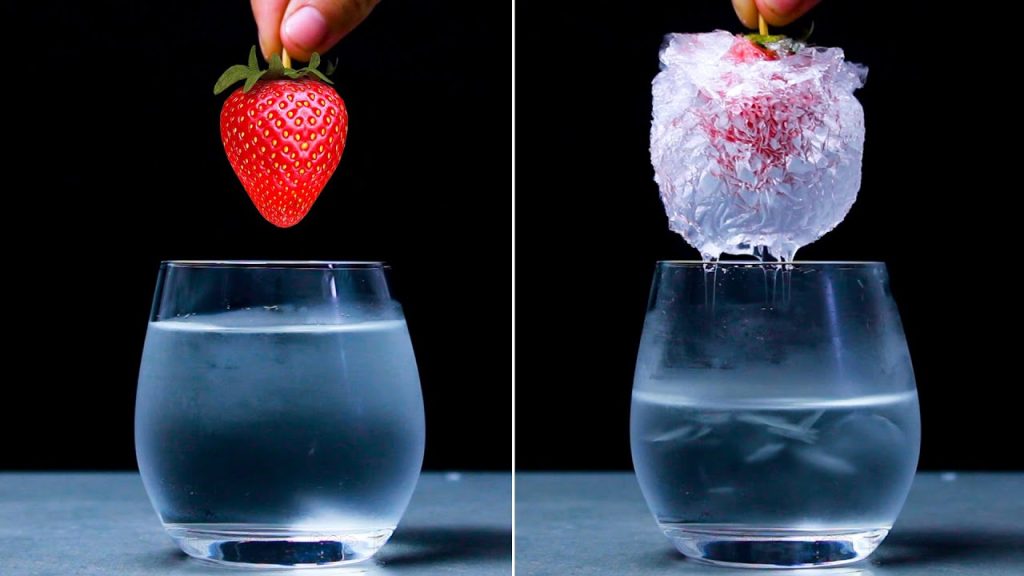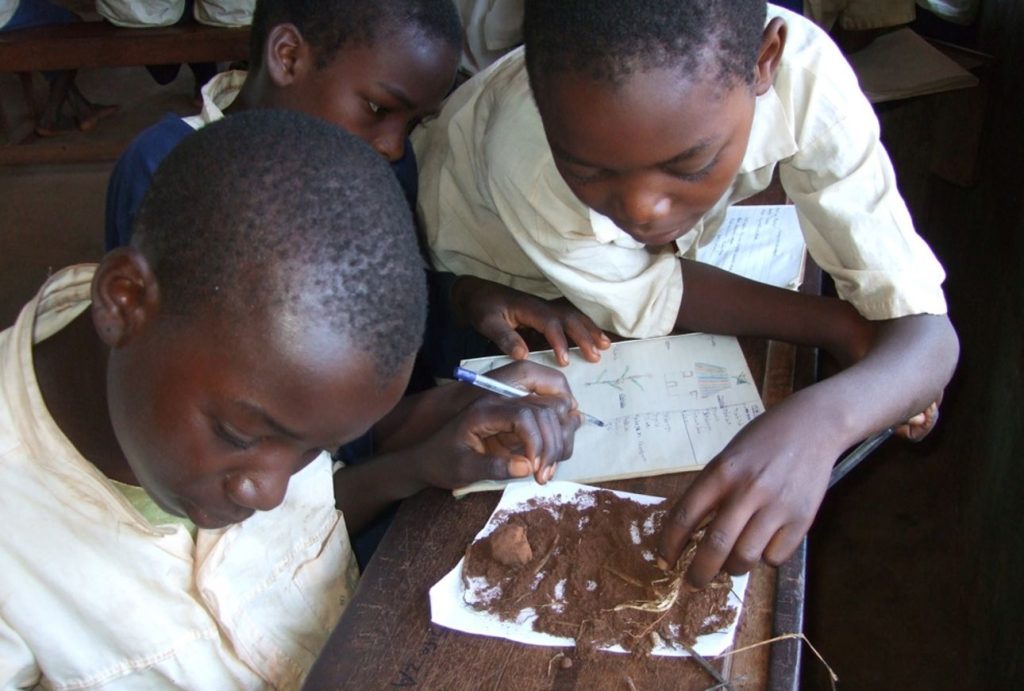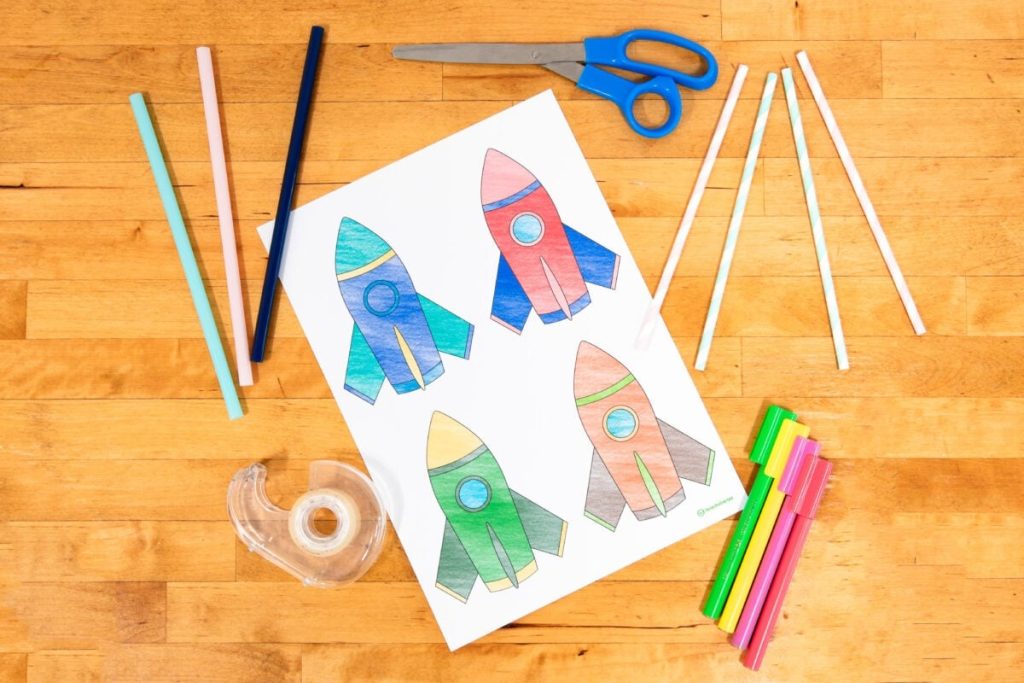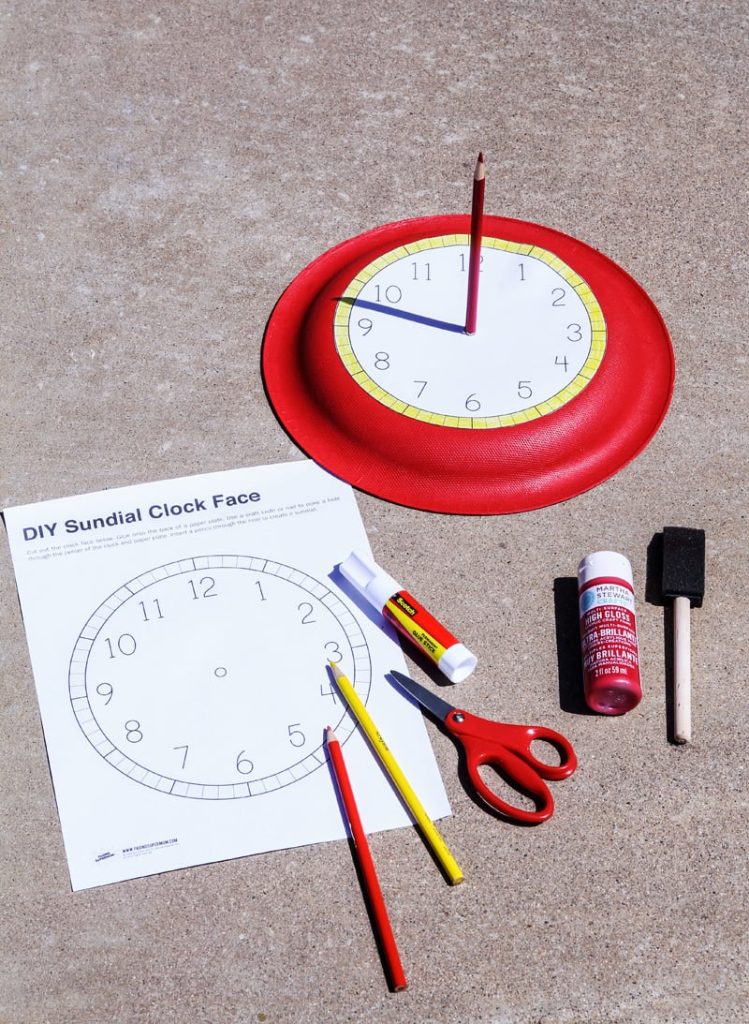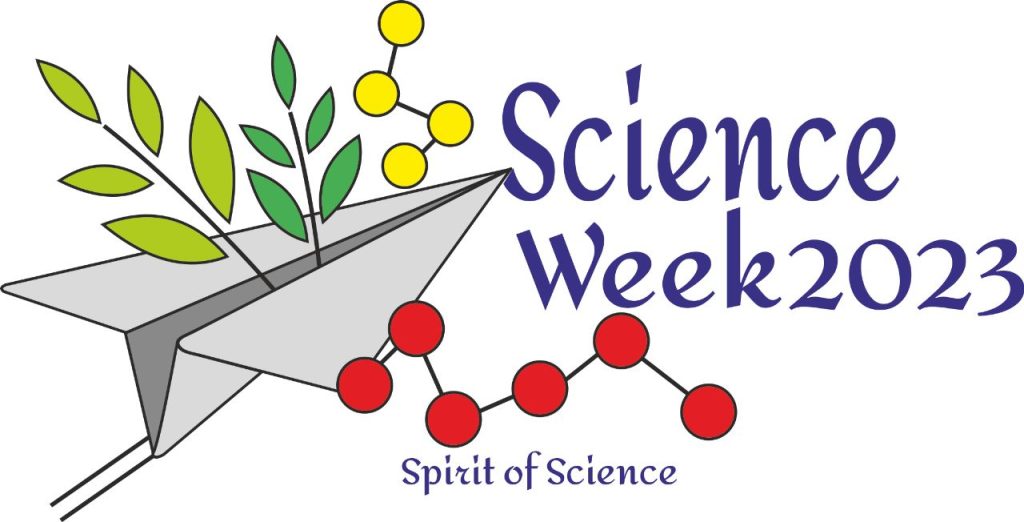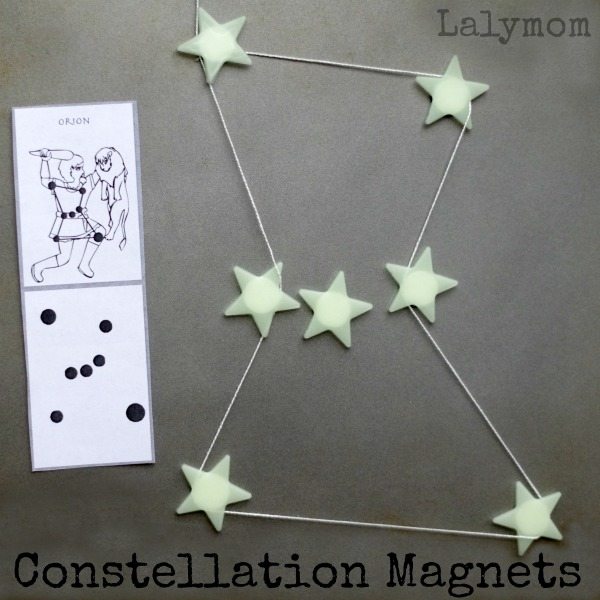Introducing science to children in an engaging way can set the foundation for a lifetime of curiosity and learning. Whether it’s understanding the forces of nature, exploring the wonders of biology, or getting hands-on with physics, there’s never a shortage of wonder-filled activities to capture the minds of young learners. Here are some science activities for kids that are not only educational but are sure to impress them as well.
1. Creating a Soda Geyser:
A classic and explosive demonstration of chemical reactions involves Mentos candies and diet soda. When Mentos are dropped into a bottle of soda, they create an energetic geyser that can shoot several feet into the air. This activity showcases principles of nucleation and gas release. Make sure to conduct this experiment outdoors for an impressive display!
2. Homemade Slime:
Slime offers endless fun and is a great way to introduce polymers and viscosity to kids. Using simple household ingredients such as glue, baking soda, and contact lens solution, children can create their own gooey concoction. Experimenting with different mixtures can yield slimes of varying elasticity and texture.
3. Building a Volcano:
Constructing a model volcano that erupts with baking soda and vinegar is not just thrilling; it provides insights into geological processes. Children can mold their own volcanoes from papier-mâché or clay and then cause eruptions using baking soda, vinegar, and food coloring for added effect.
4. Crystal Growing Experiments:
Growing crystals from salt or sugar solutions is a mesmerizing process that teaches children about saturation, solution chemistry, and crystallography. Watching crystals form over time makes for a stunning visual representation of the science at play.
5. Solar System Scale Model:
Creating a scaled-down version of our solar system is an excellent way for kids to comprehend space, distances between planets, and planetary sizes. Using fruit or craft materials to represent different planets can help visualize these concepts in an interactive manner.
6. Lemon Battery:
Demonstrating electricity generation is possible by using lemons as batteries. By inserting zinc nails and copper wires into lemons, kids can learn about simple circuits and electrochemistry while powering small devices like LED lights or digital clocks.
7. Plant Biology with Seed Germination:
Germinating seeds in transparent containers gives children a front-row seat to the miracle of life’s beginnings. As seeds sprout roots and shoots, the process educates kids about plant life cycles, photosynthesis, and the importance of environmental conditions like moisture and light.
8. Telescope Stargazing Night:
Host a stargazing night where kids can use telescopes or binoculars to explore celestial objects like planets, stars, or even constellations. This activity fosters an interest in astronomy and provides real-time observations that bring textbook images to life.
These activities aren’t just educational – they’re elaborate demonstrations that ignite curiosity in young minds about our complex world’s intricate processes. Through hands-on learning experiences like these, science becomes less of an abstract concept stuck inside textbooks and more of an everyday adventure that’s eagerly anticipated by kids eager to explore the universe around them.


